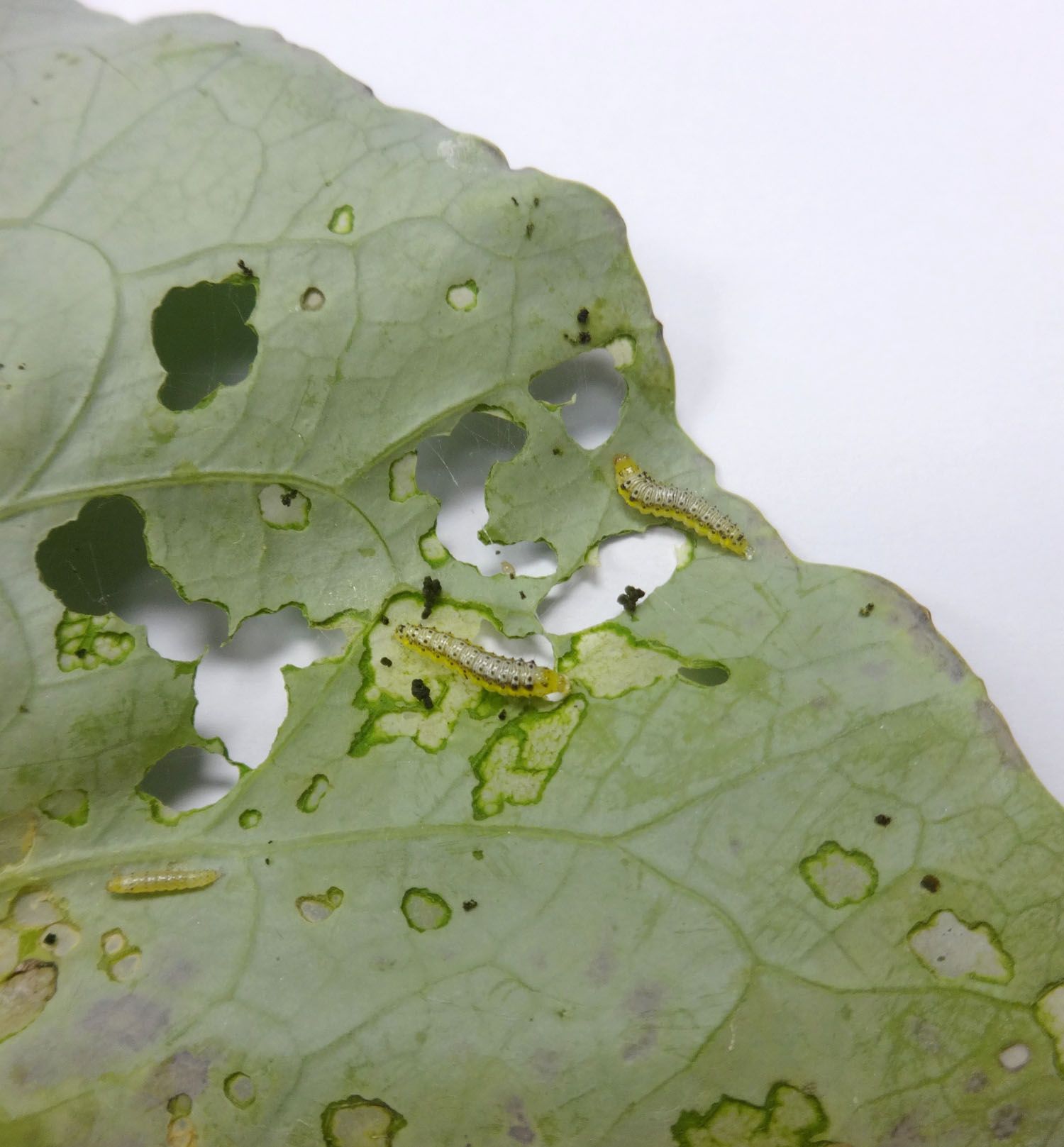June showers bring fresh problems
Published 12:00 am Friday, June 13, 2014
SALISBURY — Our chronic afternoon rain showers, along with warm temperatures, create the perfect environment for insect and disease problems. Many have called experiencing problems in both landscape and vegetable gardens. Below are a few problems posed to the horticulture agent over the past week.
Question: My cabbage plants are inundated with holes through the leaves. There are some very small caterpillars feeding on the underneath leaf surface. What is this little caterpillar and is there any organic method of controlling these caterpillars?
Answer: Your plants are probably subjected to either cabbage loopers or closely related insects. Loopers are the immature stage of night flying moths. Generally, loopers are more of a problem in the late summer and the fall than the spring. Cabbage loopers and many other caterpillars can be controlled with natural insecticides that contain a natural bacteria, bacillus thuringiensis.
Question: We have a dogwood in our yard and it is dropping leaves. I’m not sure why it is prematurely dropping its leaves. The tree looks fairly healthy. Do you have any idea as to what is causing its leaves to drop now?
Answer: The problem may be powdery mildew. Powdery mildew is a problem now with many types of trees, including crape myrtle. The weather has been perfect for the disease. Spraying with fungicides may be an option if these are newly planted trees or if the problem seems to be persistent year after year. Go to http://www.ces.ncsu.edu/depts/pp/notes/Ornamental/odin23/od23.htm for more detailed information about the fungus.
Question: I have a plant that is growing in my flower garden and I have no idea what it could be. I have had several people in my neighborhood suggest that it is a castor bean plant, but I don’t think that is correct. Can you identify the plant for me?
Answer: The plant is not a castor bean but a catalpa tree. These trees grow usually on sides of roadways, barren land, etc. It grows extremely fast and can become weed-like if it grows out of place. It’s often called “fish bait tree” because of the huge numbers of caterpillars on the tree that are often used for fish bait in the late summer and fall. Go to http://www.ces.ncsu.edu/depts/hort/consumer/factsheets/trees-new/catalpa_speciosa.html for more detailed information. A castor bean plant is generally not as large and usually a cultivated plant.
Be very careful if you plant castor beans as the beans themselves are very poisonous and have caused a number of fatalities. Go to http://plants.ces.ncsu.edu/plants/all/ricinus-communis/ for more detailed information on castor bean plants.
Darrell Blackwelder is an agricultural agent in charge of horticulture with the North Carolina Cooperative Extension Service in Rowan County.




